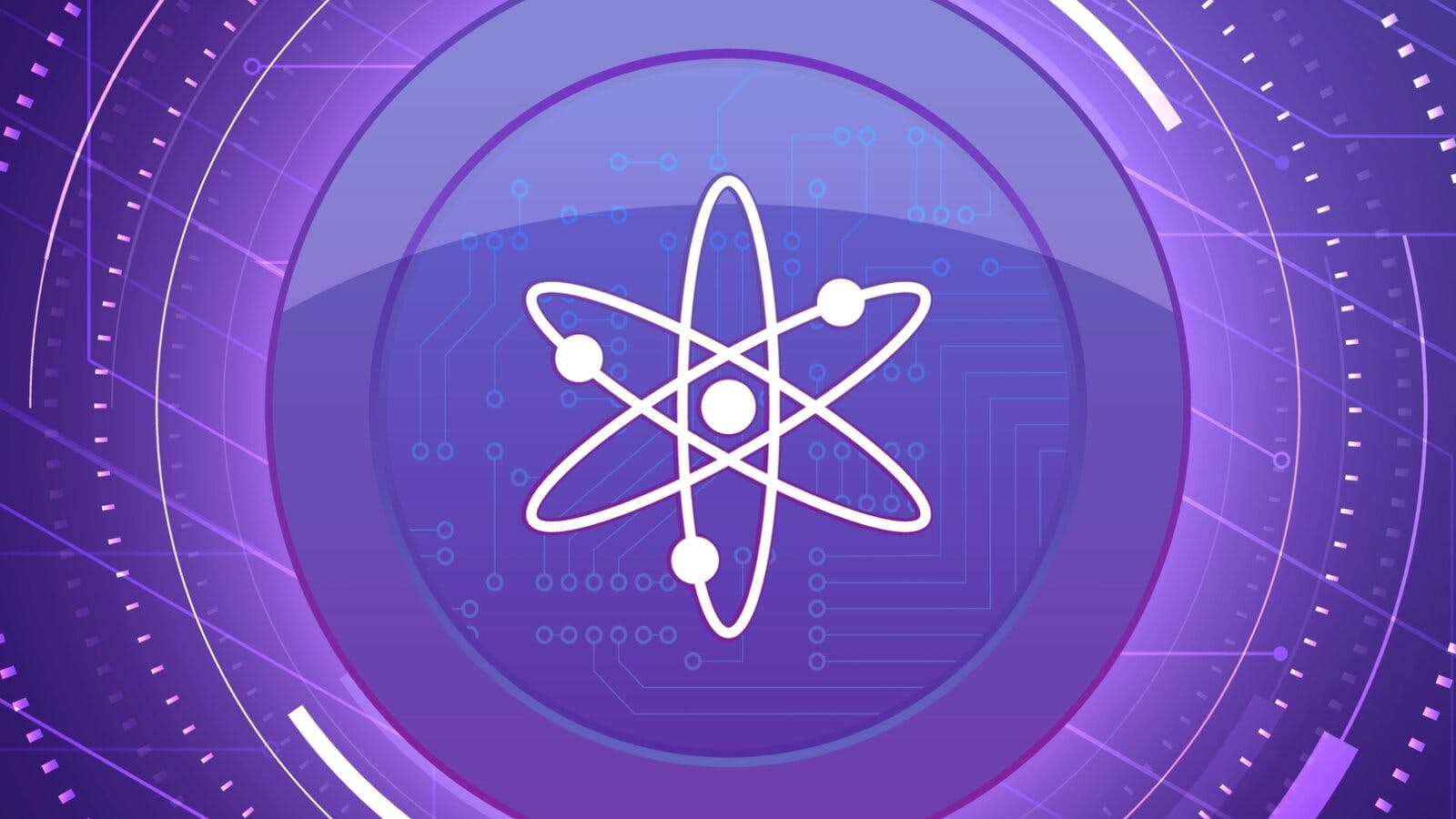ATOM 2.0 On-chain Voting Goes Live
Token holders will have two weeks to vote on the latest proposal

Source: Shutterstock
Cosmos revamped its latest roadmap to position its native token, ATOM, as the preferred collateral within its ecosystem.
After a month of deliberation and in the latest instance of the growing business of digital assets activism — the proposal, ATOM 2.0, has gone live for on-chain voting.
Community members have two weeks to vote on the Cosmos proposal. Quorum is set at 40%, lower than the typical pass rate of 50%. Voter turnout was around 7% at the time of publication, with over 90% ratifying the proposal.
ATOM 2.0 is a new vision piece and “counterpart” to the original 2017 Cosmos white paper that focuses on inter-blockchain communication (IBC), interchain security and liquid staking. It “marks the transition to the next phase of the Cosmos Hub as an infrastructure platform,” according to the proposal’s authors.
The white paper was first unveiled in late September at Cosmoverse — the network’s annual conference — and has since been updated twice to address community concerns.
Disagreements on ATOM issuance
The main point of consternation from Cosmos token holders surrounds ATOM token issuance.
In an earlier interview with Blockworks, Zaki Manian — the co-founder of Sommelier and a key member of the Cosmos ecosystem — said that the first version of the white paper proposed an initial large mint of ATOM for a new treasury, followed by a drop in ATOM staking rewards.
Community members wanted less front-loading of the creation of ATOM.
The proposal, as such, was adjusted so only 4 million ATOMs will be minted into the community pool — with 10 tentative mints of ATOM into the treasury to follow, at the discretion of ATOM owners.
These disagreements also led Jae Kwon, the co-founder of Cosmos who drifted away from the blockchain in 2020, to reemerge with a counterproposal.
Sunny Aggarwal, co-founder of Osmosis Labs — a decentralized exchange protocol on Cosmos — told Blockworks that “ATOM 2.0 proposes inflation on the token, and it’s not yet fully clear on how [ATOM 2.0] is going to be governed and how it will be spent, and I think Jae’s whole point is that it needs to be more clear.”
In Kwon’s counterproposal, ATOM One, he wanted to create a second token, PHOTON, to be the main asset in the Cosmos ecosystem.
“ATOM 2.0 is trying to push for ATOM to be a reserve, monetary asset within the Cosmos ecosystem, while ATOM One is saying ATOM should remain conservative and just be the staking and governance token of the cosmos hub and actually create a second token called PHOTON that can be the money token,” Aggarwal said.
Although the outcome of the vote remains up in the air, Aggarwal said, “tensions [are] quite high,” adding that there’s a “need for more synthesis first.”
Get the news in your inbox. Explore Blockworks newsletters:
- The Breakdown: Decoding crypto and the markets. Daily.
- 0xResearch: Alpha in your inbox. Think like an analyst.






